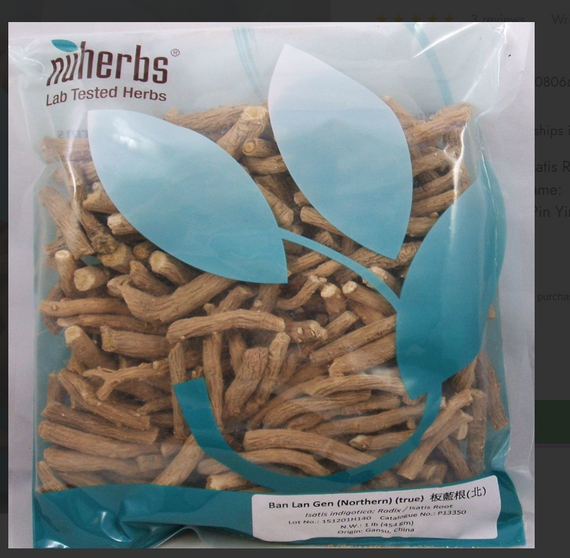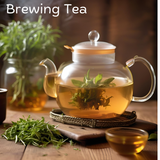There are no products listed under this category.

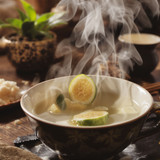
Starwest Botanicals
Organic White Tea Bags
White Tea Bags vs. Green Tea: Why They’re Different White tea and green tea come from the same plant—Camellia sinensis—but they’re made differently. That difference in processing is why white tea...

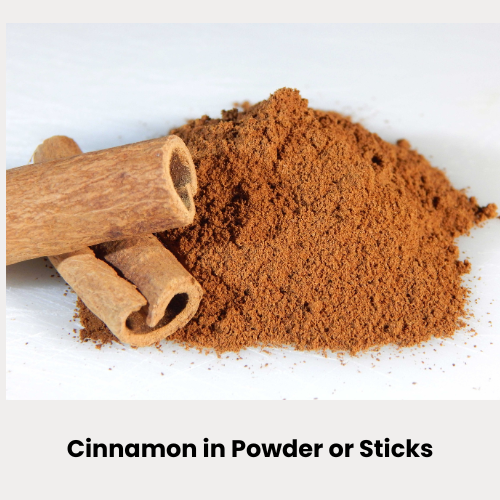 Why Rou Gui May Be the Spark You’re Missing
Why Rou Gui May Be the Spark You’re Missing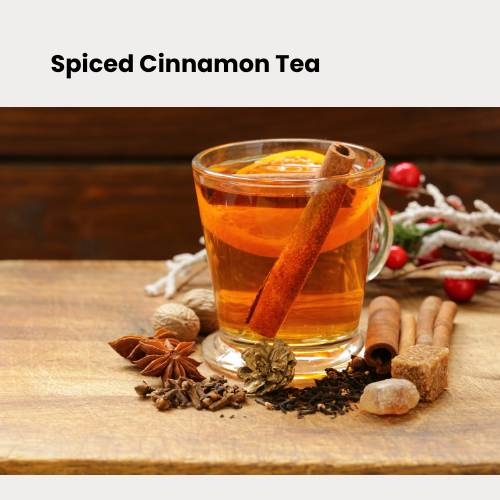 Featured Recipe: Qi & Yang Power Tea
Featured Recipe: Qi & Yang Power Tea

